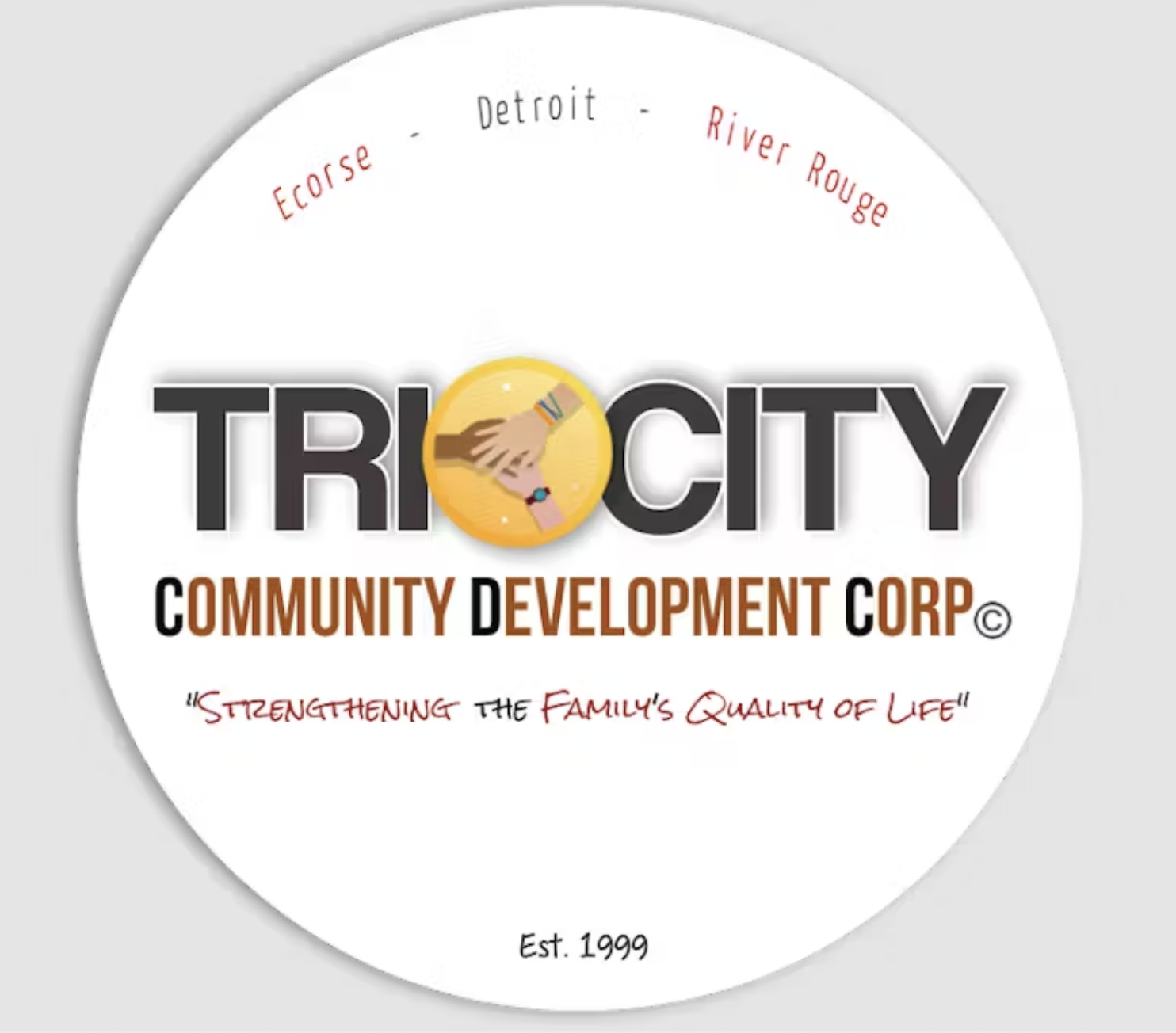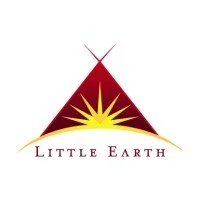Homegrown Hubs 🌱 What Community-Built Resilience Hubs Can Teach Us
For people to rely on their local resilience hub, one vital component is trust.
A climate disaster can happen anywhere, but the ability of a community to recover is often dependent on the resources available to them. Does an individual or a community have the money to rebuild their homes after a tornado? Do their neighbors have access to solar panels when power lines go down? Do they have transportation to a shelter in case of an emergency? If they live on a fixed income, how do they pay to fix their car windows that were shattered in an ice storm, and also pay their utility bill in the middle of winter?
Frontline and underfunded communities have been solving these types of issues for decades, often without government support. But that was supposed to change during the Biden Administration, as the practice of building Resilience Hubs gained traction. Broadly speaking, a Resilience Hub is a physical space created to support communities in preparing for, mitigating, and adapting to climate change. Resilience Hubs by and large have received positive news coverage, but when funding cycles changed, it left some people scrambling. Since 2022, FEMA grants allocated millions of dollars into building resilience hubs, but this year FEMA took a sharp turn. Funding through FEMA for resilient communities has been halted or cut. Many hub constructions are now stalled, with no guarantee they will be completed. For those that are completed, operational funding is a big question. When commitments to resilience from the government change on a whim, communities are left to fend for themselves.
For example, after a disastrous ice storm in Northern Michigan 6 months ago, people are still reeling from the damage. The ice storm knocked down hundreds of trees, tore roofing off of homes, and wrecked people’s cars. Insurance didn’t cover all claims, and while money was doled out to government entities to provide support, there was little to no support for car repairs, utility payments, or tree removal services that cost thousands of dollars per person that residents don’t have.
For people to rely on their local resilience hub, one vital component is trust. The space needs to feel safe and stable. Workers of the hub need to be trusted, facilities locally managed and the hub should provide unique programs designed to fit the physical and social needs of the neighborhood and individuals. While federally funded resilience hubs are diverse and can be transformative to communities, community grounded resilience hubs offer unique perspectives and innovations with trust being at the core. Many community-led resilience efforts have proven that they can weather changes in federal funding and election cycles.
Grassroots organizations in the Midwest have been building networks of mutual aid that have not received the same kind of funding and recognition that ‘resilience hubs’ received before federal funding cuts. Grassroots organizations have been the heart of resiliency work here in the Midwest, long before the term made headlines and they often live and operate in the bottom line– they are defining the ways in which government and grant makers should think about resilience and what it looks like to build past resilience. Now, with FEMA rollbacks and delays experienced by disaster-impacted communities, the deep network of community-built infrastructure in grassroots organizations is even more crucial, especially for the people left behind.
MWEJN grantee partner organizations are designing resilience projects that are built on decades’ worth of community trust, relationships, and input. This is the crucial community infrastructure that is standing tall, even as federal priorities change.
Building Resilience and Beyond
In St. Louis—
In the wake of COVID’s food chain supply interruptions in 2021, A Red Circle focused their efforts on addressing the need for a community grocery store–a vision that grew and solidified with two years of community input. In 2023, A Red Circle purchased a former shopping center to transform into the North County Community Nexus, which will provide a stable center of programs and services to improve North county health and well-being. The North County Community Nexus will include a grocery Store and bistro along with farming support, educational space, and local environmental remediation through rain gardens.
When the deadly May 2025 tornado ripped through St. Louis, over 5000 buildings were damaged and FEMA cuts left the city with no federal aid for over 10 days. A Red Circle set up a mutual aid campaign for which they collected supplies, delivered them to members of the community, and facilitated making healthy meals for the community.
Their work highlights that resiliency isn’t always disaster or crisis response. It is also a performing arts center, a grocery store, and wealth generation.
In Detroit—
We the People of Detroit works water justice by running a water crisis hotline that can assist Detroiters with locating emergency water and making payment arrangements with the Detroit Water and Sewerage Department. In 2024, they completed The Green Stormwater Infrastructure Project.
The project converted a house and garage into a flood mitigation system for the surrounding area, created an educational outdoor space, and installed rain gardens, rain chains, and permeable paving. Through this project, they train youth leaders in design, 3D fabrication, and climate sustainability through the model of community-led infrastructure. The project also aligns with their broader work to provide resources to Detroit residents: they have opened the doors to implementing the concept in two additional Detroit neighborhoods.
Creating both a physical space and a water delivery system for people reminds us that resilience hubs are not always centralized and siloed into one building, and that resilience is built holistically. “The space has hosted community gatherings, youth programming, and learning exchanges that deepen the understanding of how infrastructure can serve people, not just systems,” says Tiana Stark, Director of Communications at We The People of Detroit. Resilience exists in many different forms. Often it materializes when the love in people’s hearts turns into action. It’s volunteers who are willing to use their time to bring water to their neighbors when they can’t pay a utility bill and it’s creating a network of people and places that people can go to when they are in the middle of a crisis.
“Our volunteer water hotline, shutoff prevention efforts, and community-led research have all built toward a future where access to safe, affordable water is viewed as a public commons and a basic human right. Every call we’ve received, every data point we’ve collected, and every household we’ve assisted brings us closer to our ultimate goal of affordable water for everybody.”
The Tri-City CDC in Southwest Detroit is working on the Eden Park Project. Southwest Detroit’s 48217 zip code is a diverse, predominantly Black neighborhood of the city. Throughout the years, over 150 facilities–including a sprawling Marathon oil refinery, aging steel plants, a coke battery plant, and a coal-burning plant–moved in over the years, creating a “toxic soup” in the air. Zip code 48217 became Michigan’s most polluted zip code, according to the Michigan Environmental Justice tracker.
But Tri-City CDC envisions a different reality, one that their new Eden Park project will bring to life. Eden Park will work to purify the air, and help with water drainage. There will be space for a community garden, a home base with a solar roof, an amphitheater, and a playground. The park will be built particularly to support Alzheimer's patients so that they can enjoy the space– a park within a park.
In Chicago—
Blacks in Green created the Sustainable Sq. Mile approach. It is designed to increase their communities’ wealth and wellbeing in the context of a changing climate. They are creating a walkable village around economies in horticulture, energy, housing, and an integrated ecological resilience hub for clean utilities, transportation, managed water and waste. Their Sustainable Square Mile Handbook, puts emphasis on financial wellbeing and economic independence within Black communities as a cornerstone of resilience– following the principles of Grannynomics.
Similar to the idea in We the People of Detroit, for Blacks in Green, their model of a ‘hub’ is not centralized to one building. It is an ecosystem of moving and living parts that weave together a strategy of meeting people's needs. Practices such as timebanking, which is having a registry of people who can offer different skills all of which are valued equally, are the cornerstones of community built resilience. It’s also car-sharing models to provide people transportation, and green community centers.
In Minneapolis—
Little Earth Residents Association has a 9.4-acre, 212-unit HUD (Housing and Urban Development) complex in Minneapolis' East Phillips neighborhood, and is the only Indigenous preference Section 8 community in the U.S. Founded in 1973 through grassroots activism, it lies in a neighborhood deeply affected by environmental racism, with Minnesota's highest rates of asthma hospitalizations and lead poisoning
In addition to affordable housing, the HUD also provides counseling programs with trauma-informed and relationship-based care, after school tutoring for youth, workforce skills training for people of all ages. They provide classes in coding and robotics, and training in Narcan administration, as well as first aid and self-defense. Culturally relevant resources for women and Two Spirit folks are available such as Domestic & Substance Abuse, Workforce Development, Physical & Mental Health, and Cultural Healing. Ceremony is emphasized. Additionally, the Little Earth Urban farm provides veggies to folks with type 2 diabetes, has an aquaponics setup, and is working to incorporate solar panels.
Little Earth fully shows what the different components of resilience look like. It’s affordable housing, mental health support, workforce development, cultural and spiritual services, and ceremony.
Resiliency Hubs throughout the Midwest have taken different shapes and approaches– but those that stand the test of time are often grown from the ground up. In grassroots organizations, resilience is never one-size-fits-all and it is almost never the end goal. Grassroots organizations are building resilience through environmental service hubs, mental health services, affordable housing, food production, economic growth, cultural services, to facilitate a future of self-determination and prosperity in communities.
In grassroots organizations, resilience is never one-size-fits-all and it is almost never the end goal.









